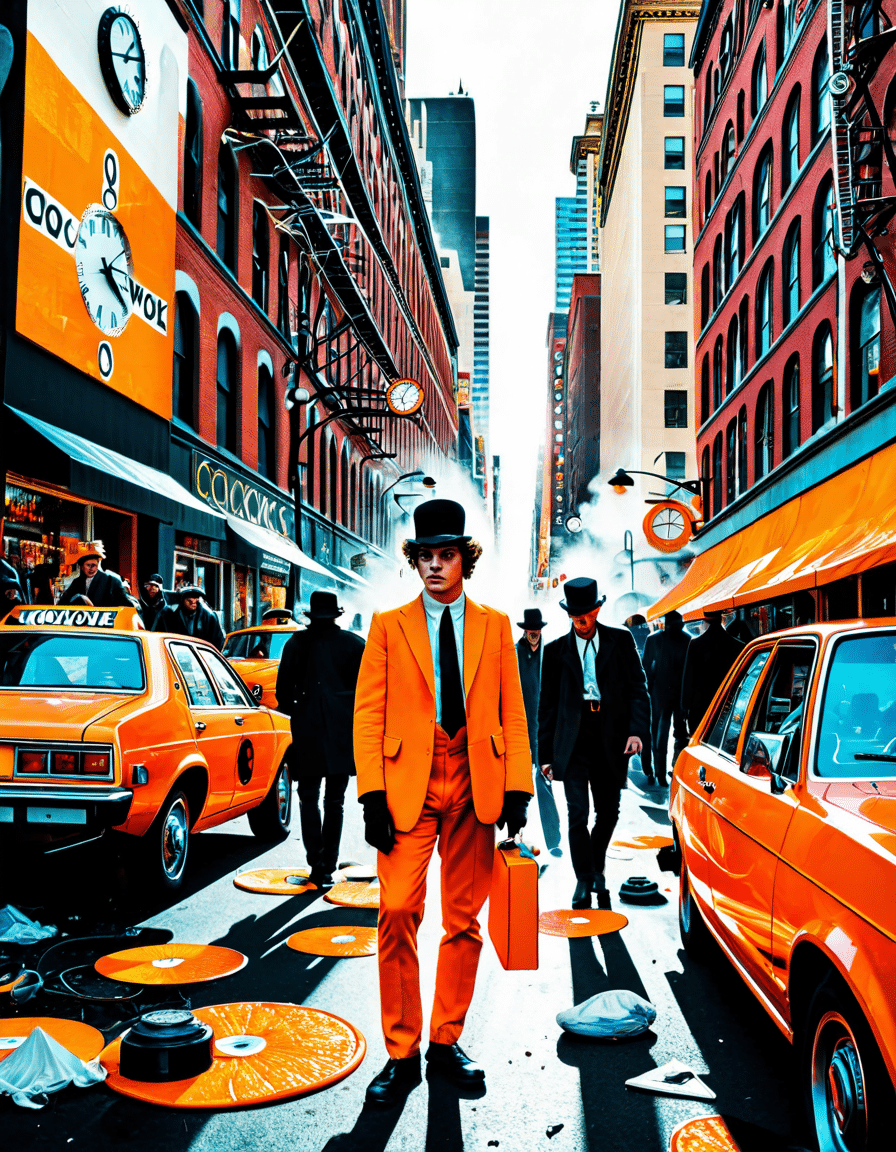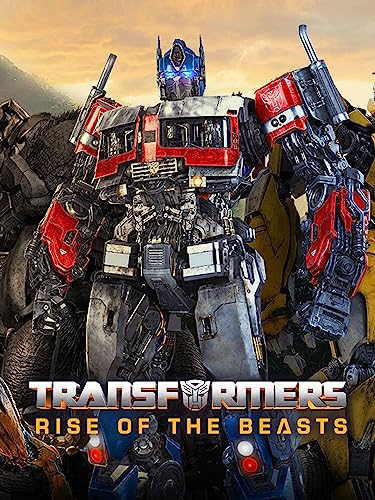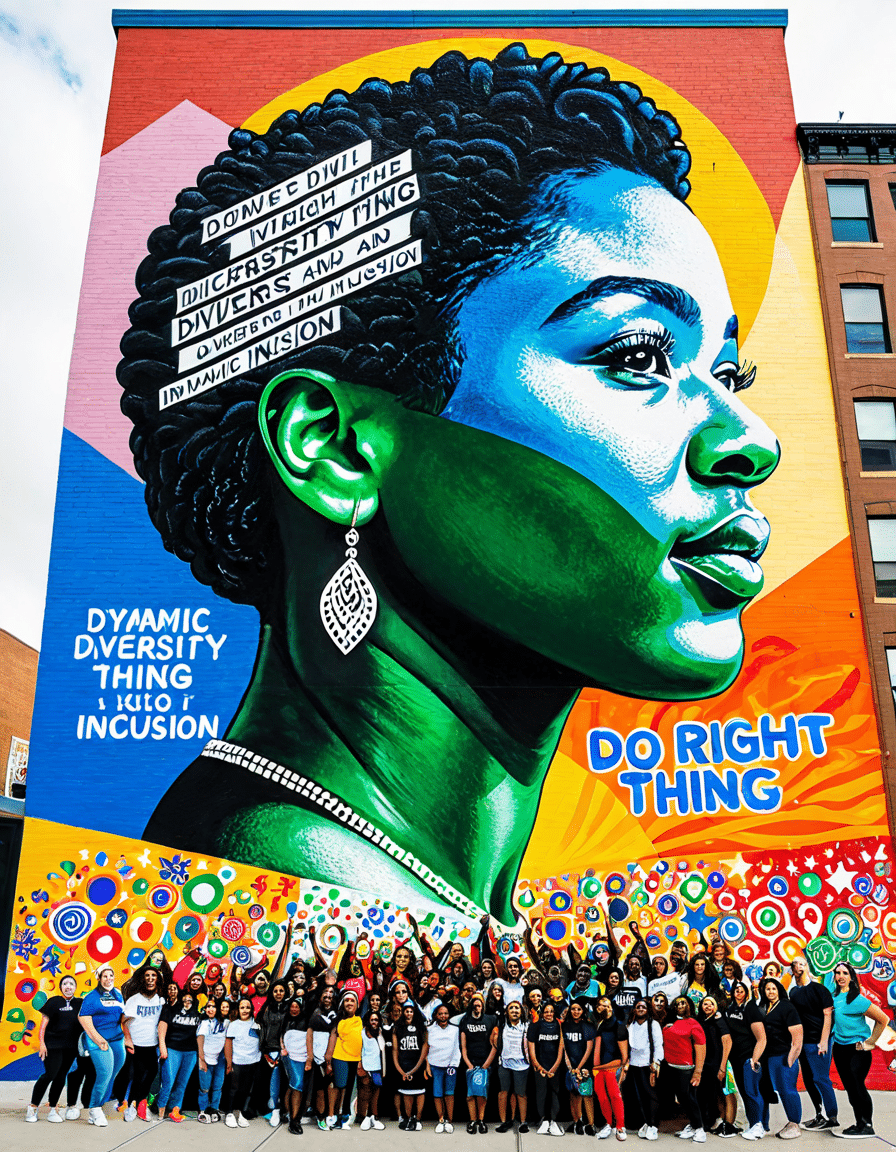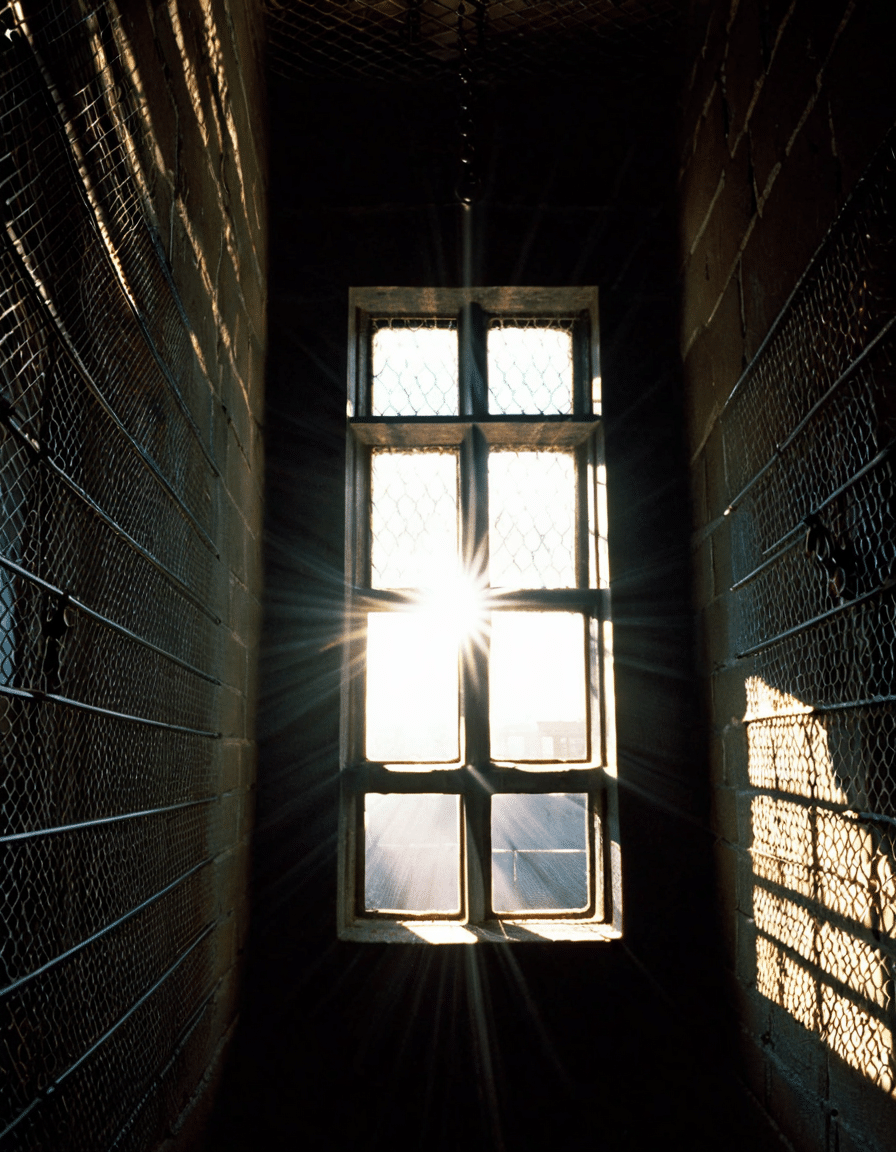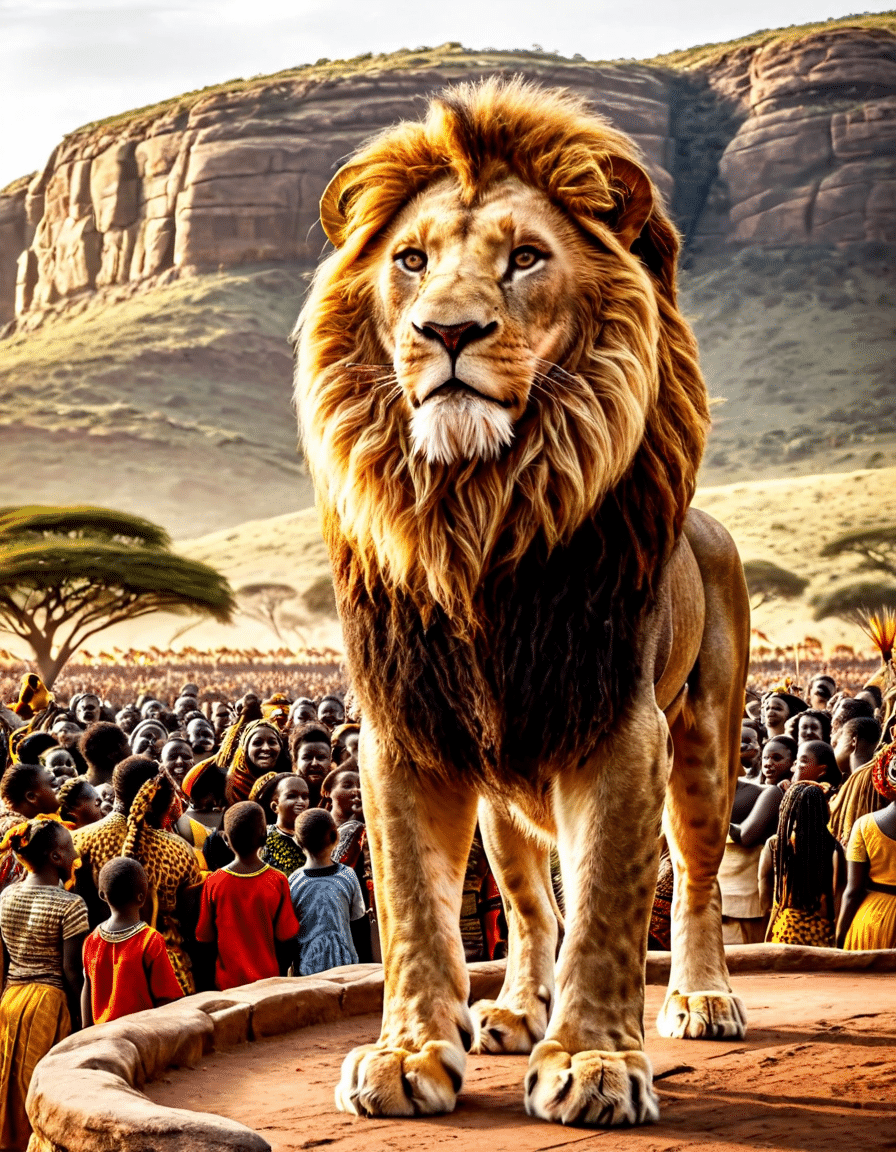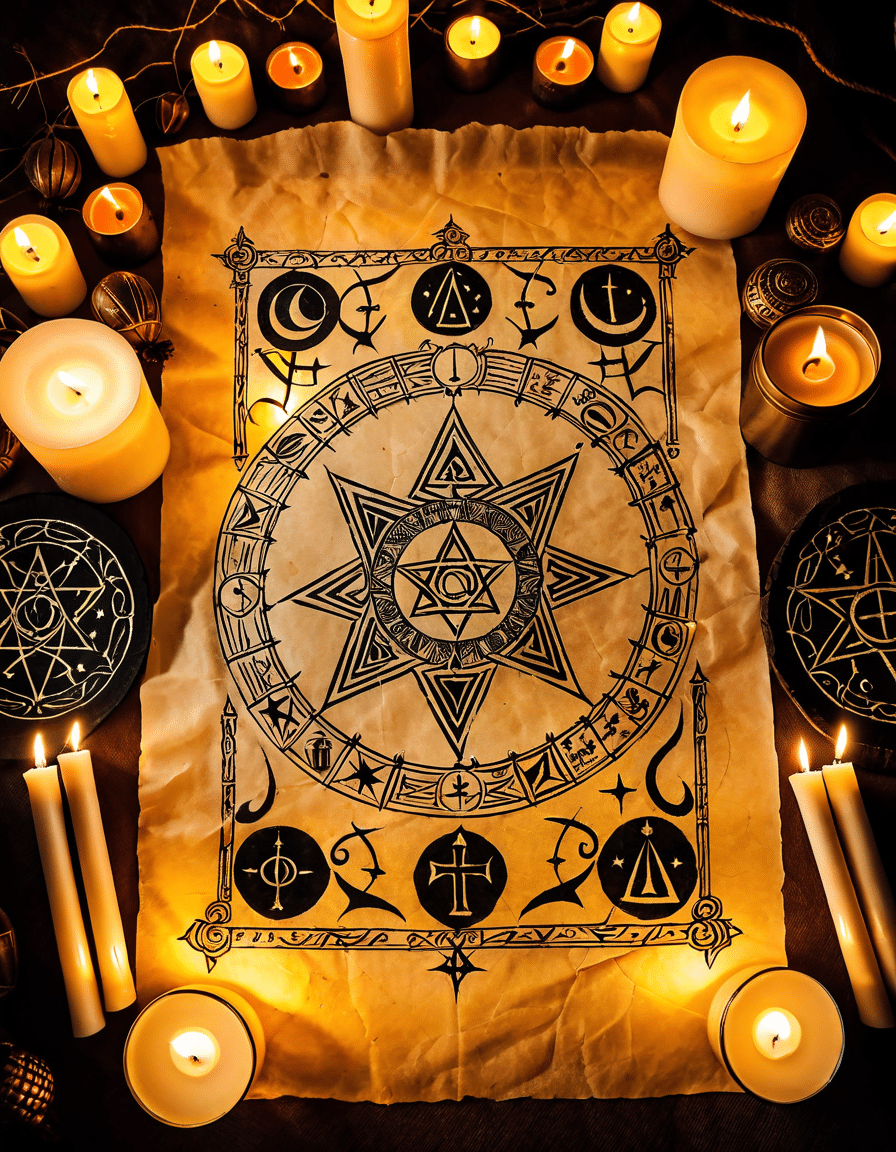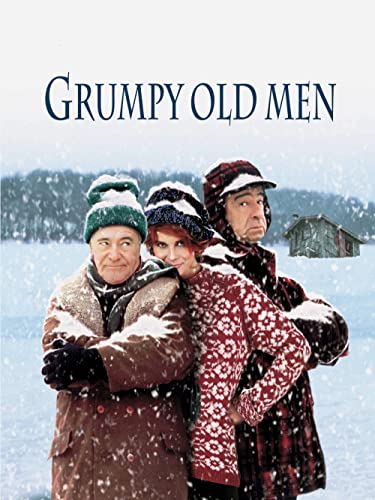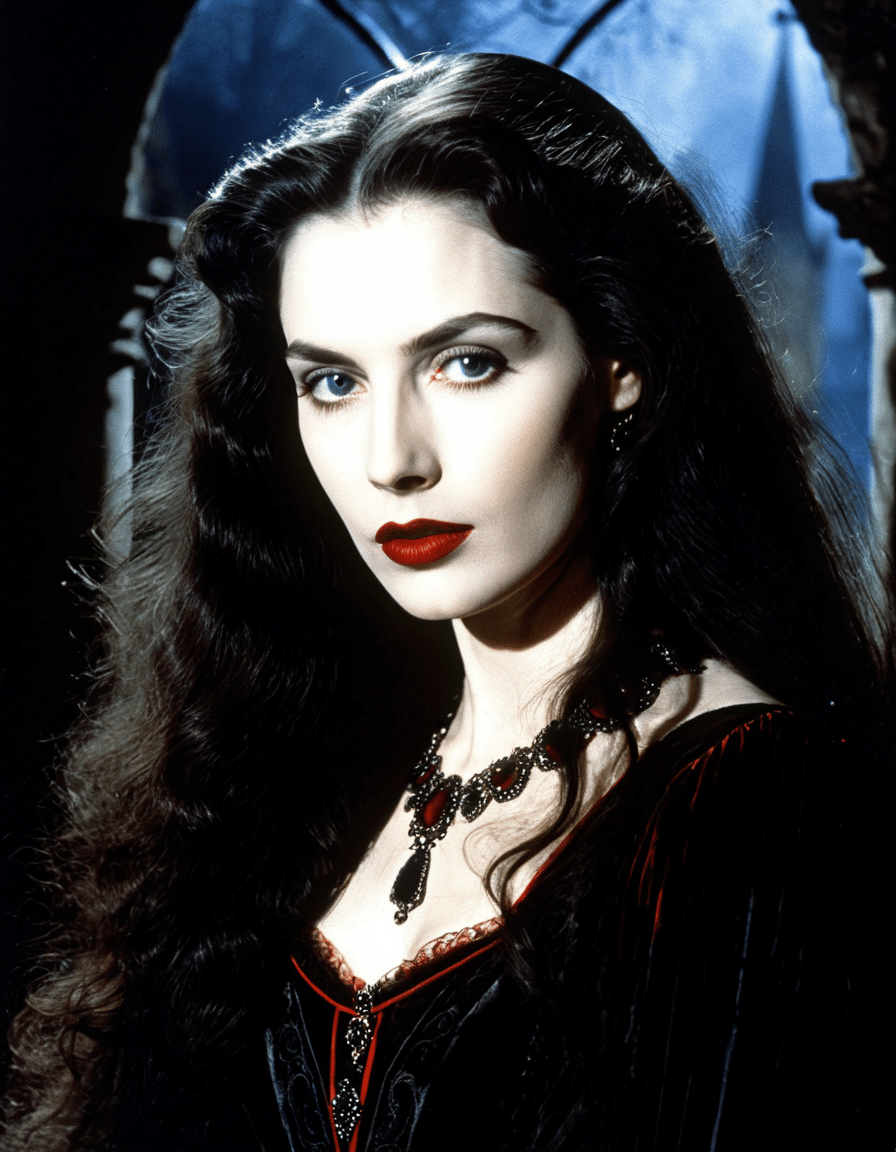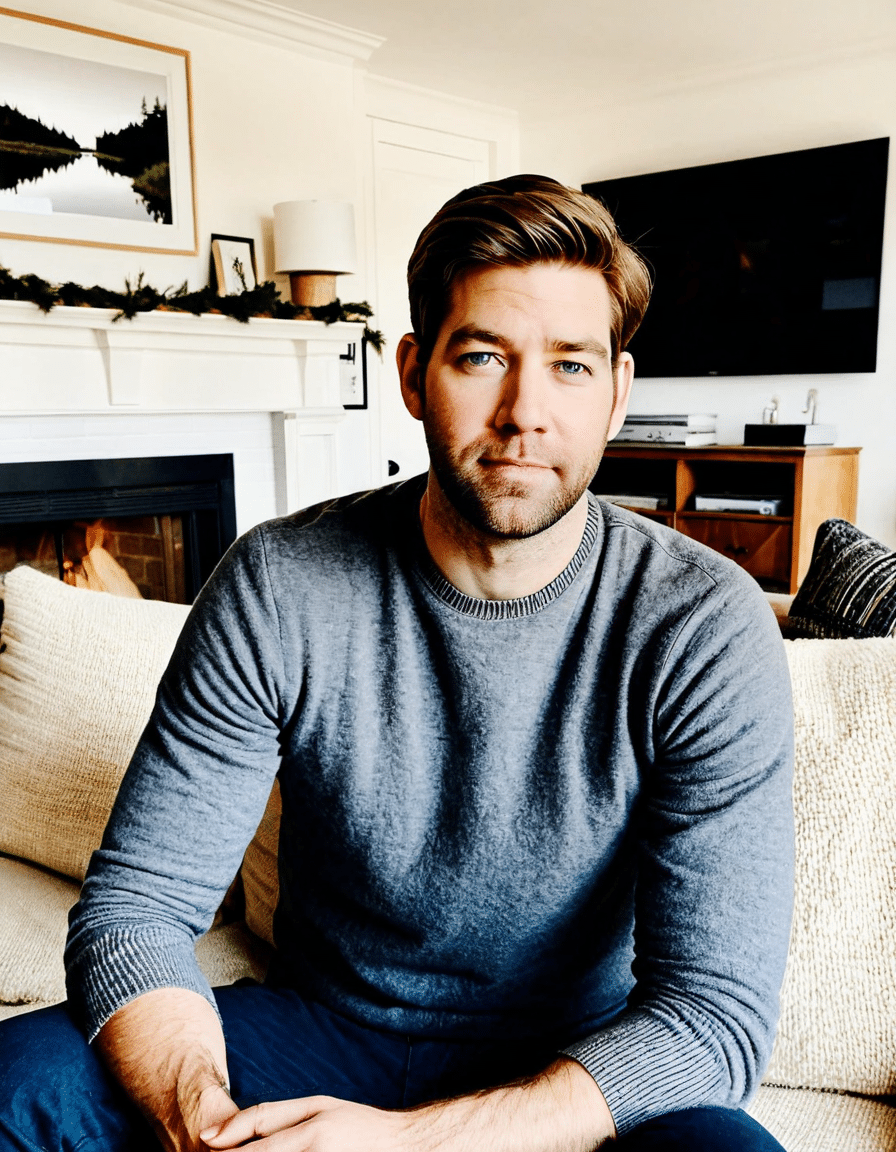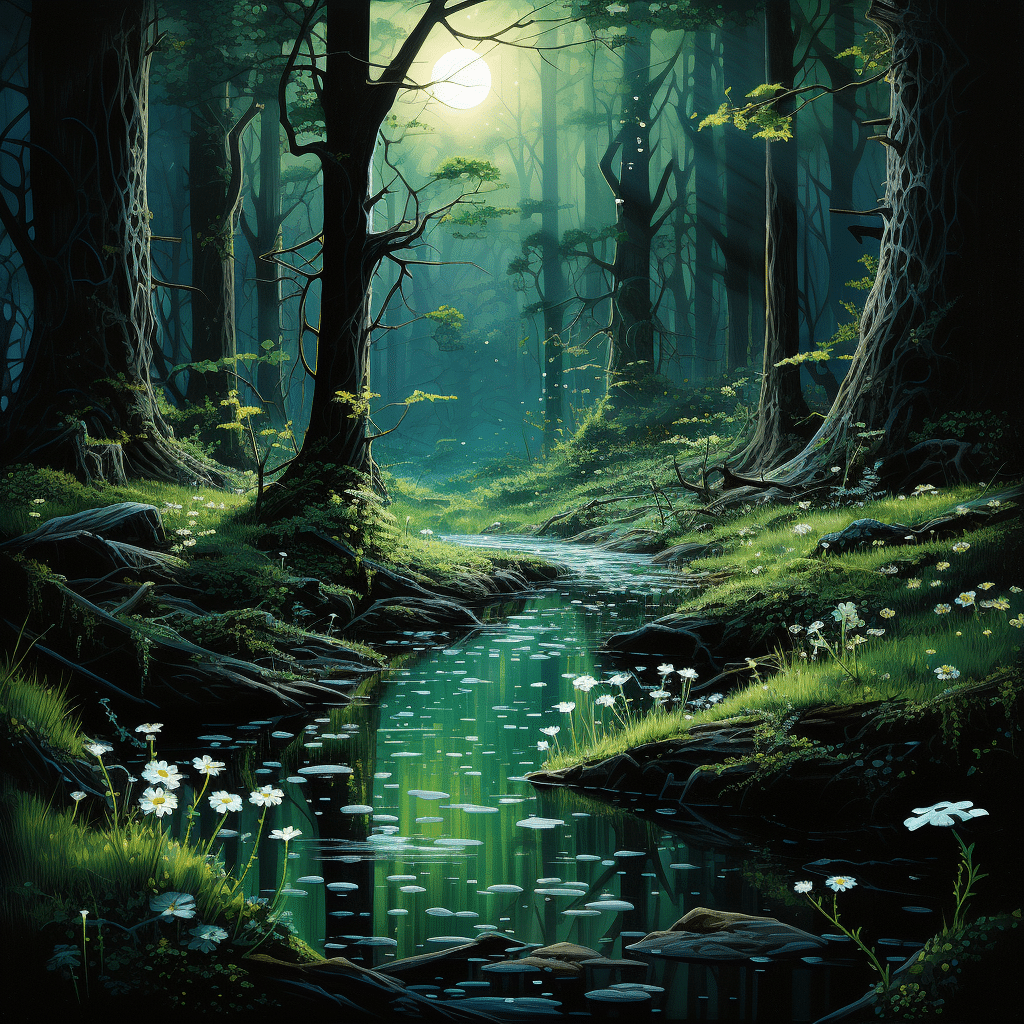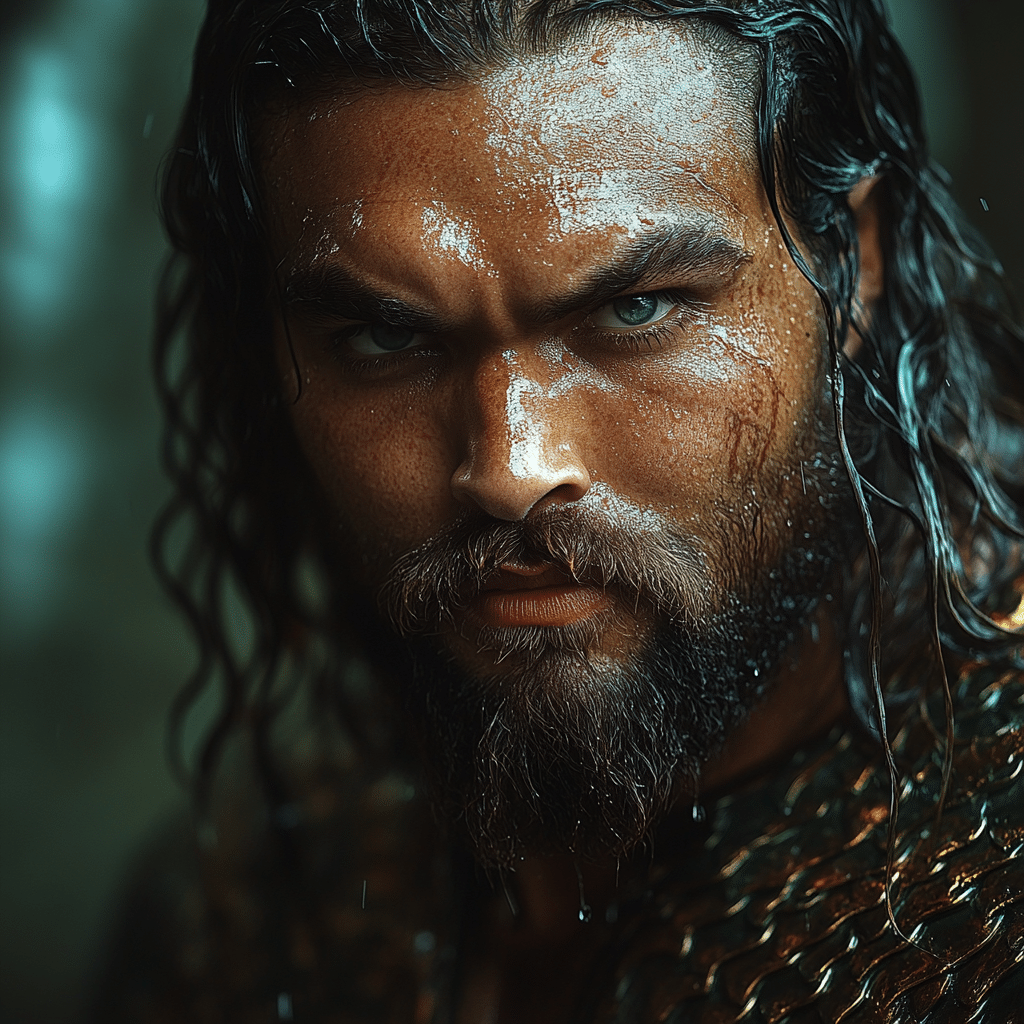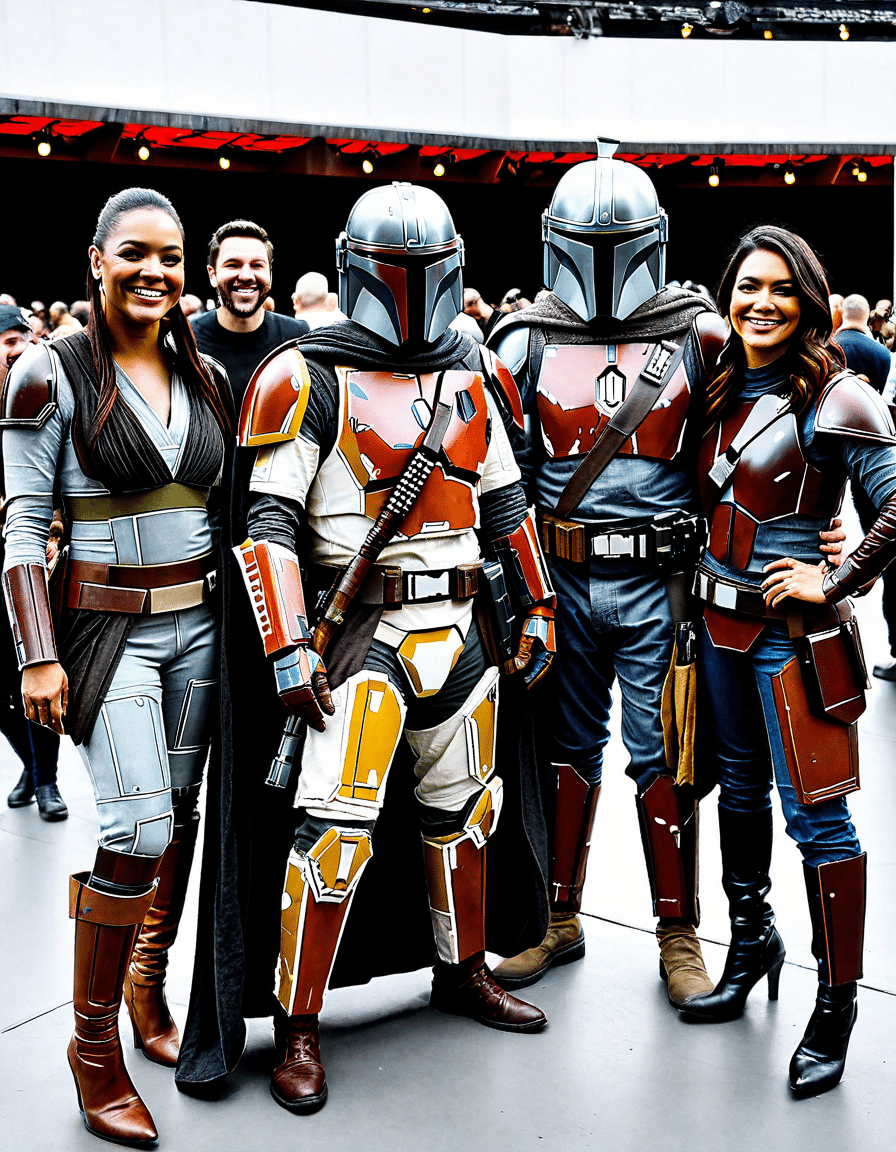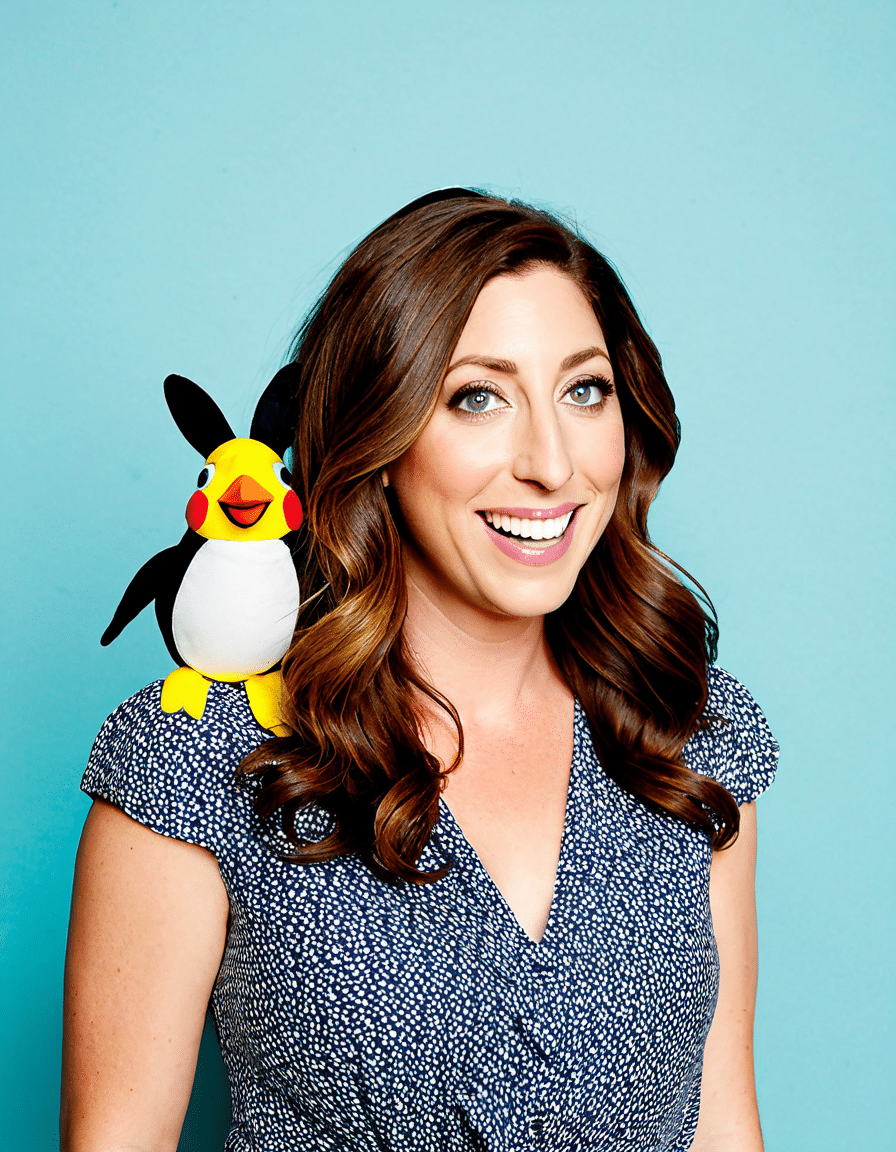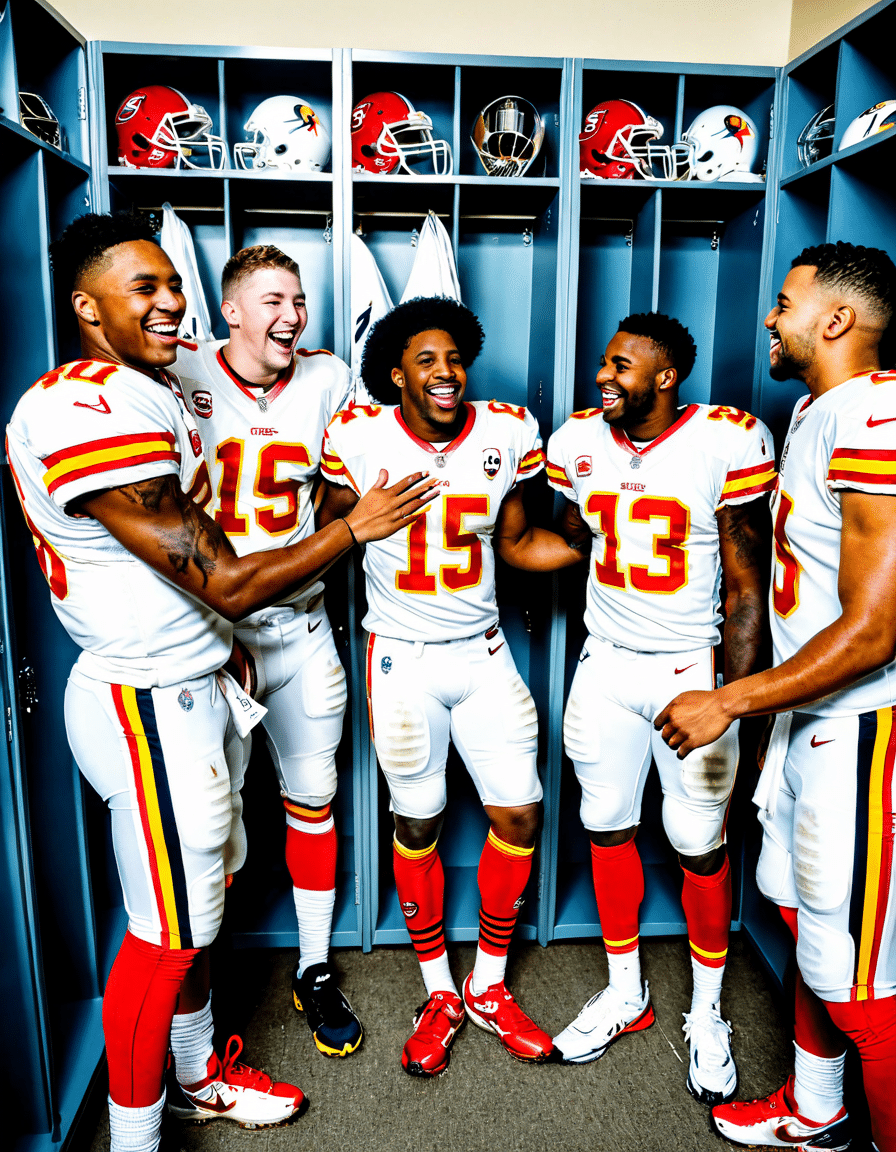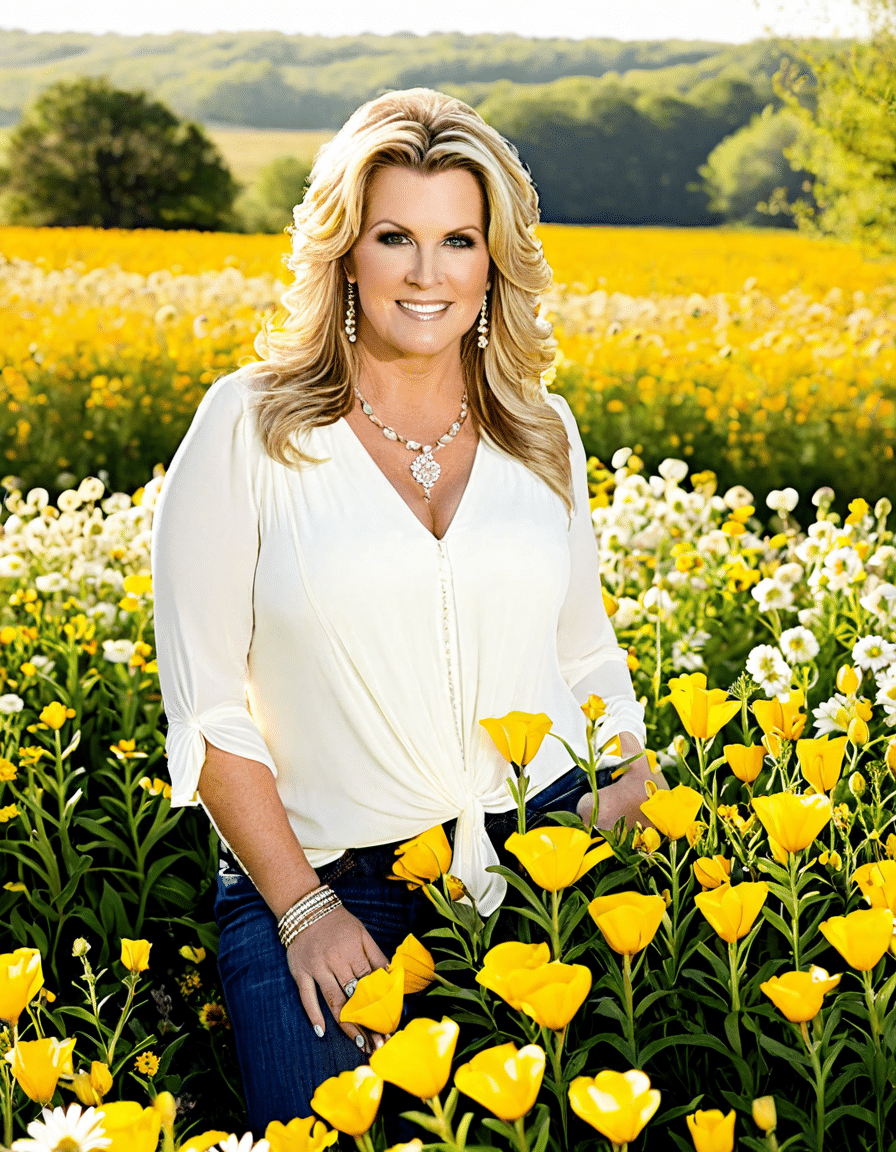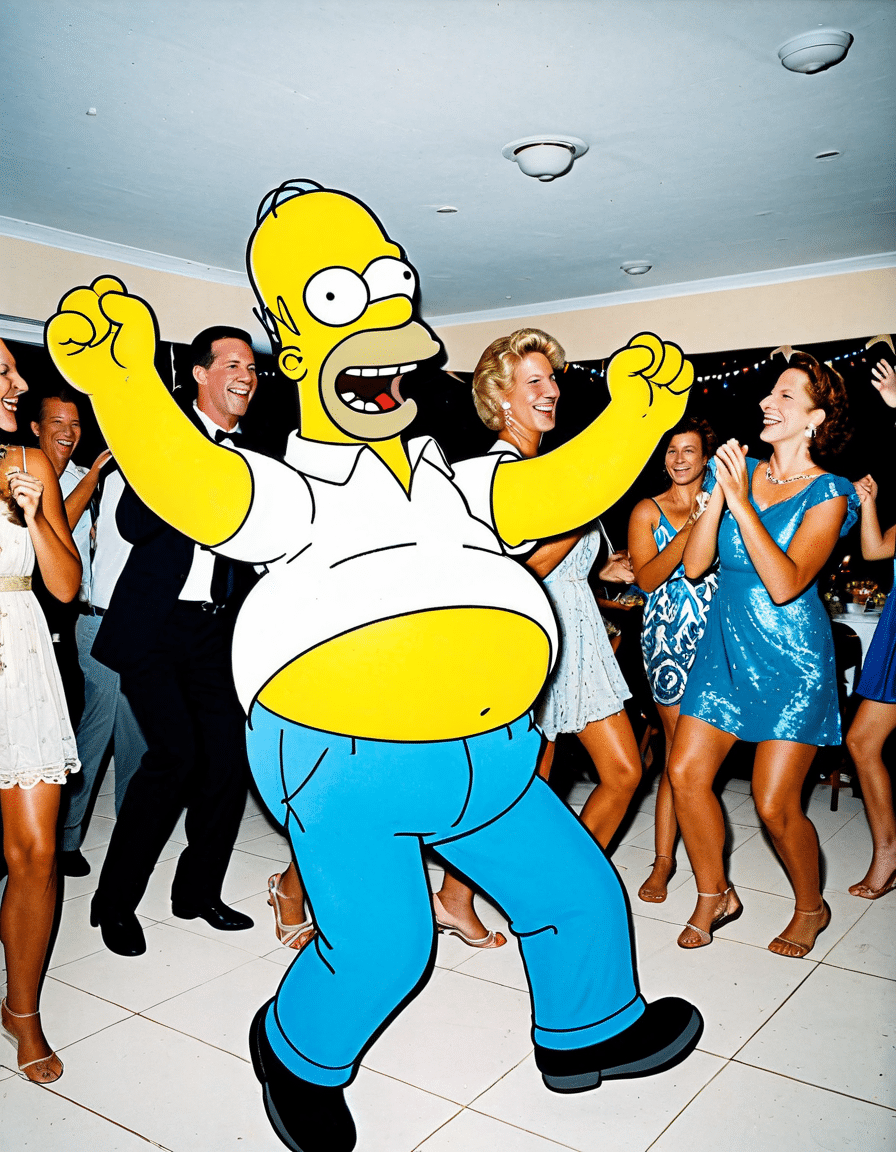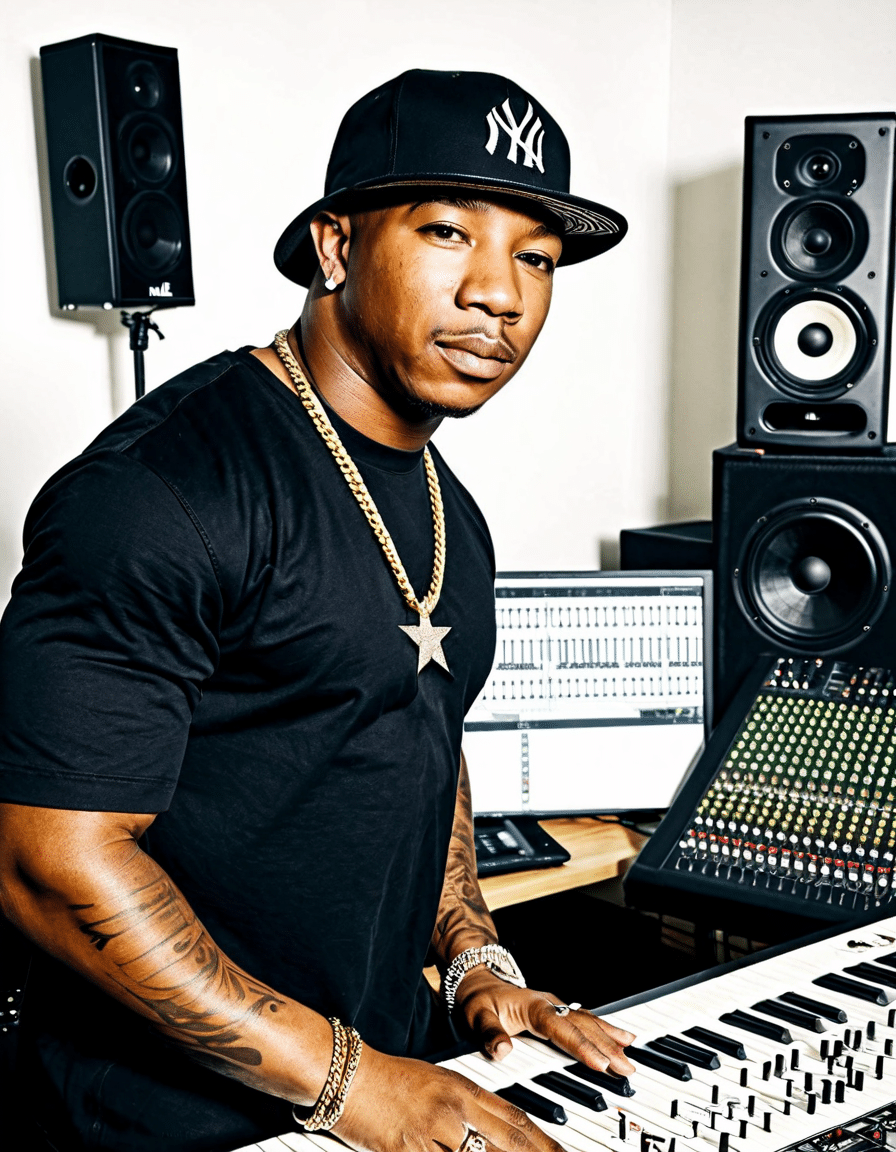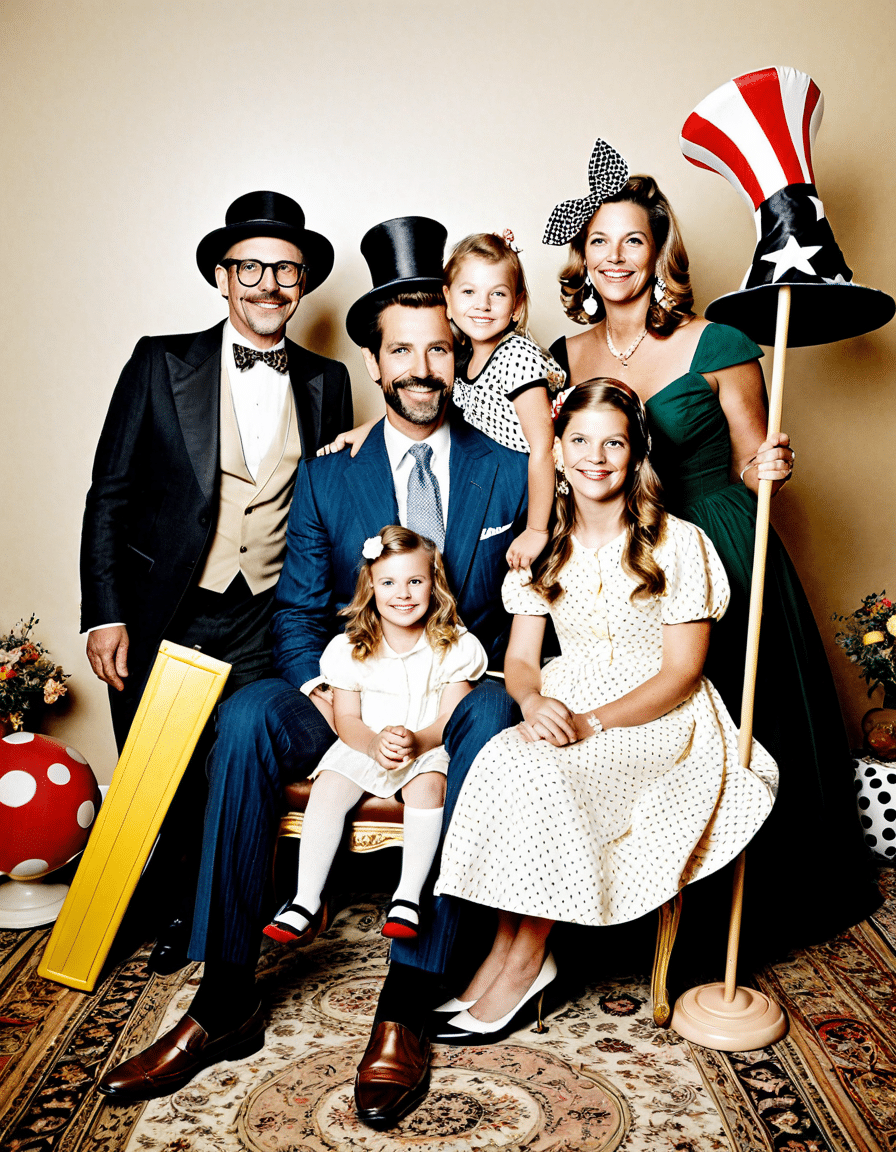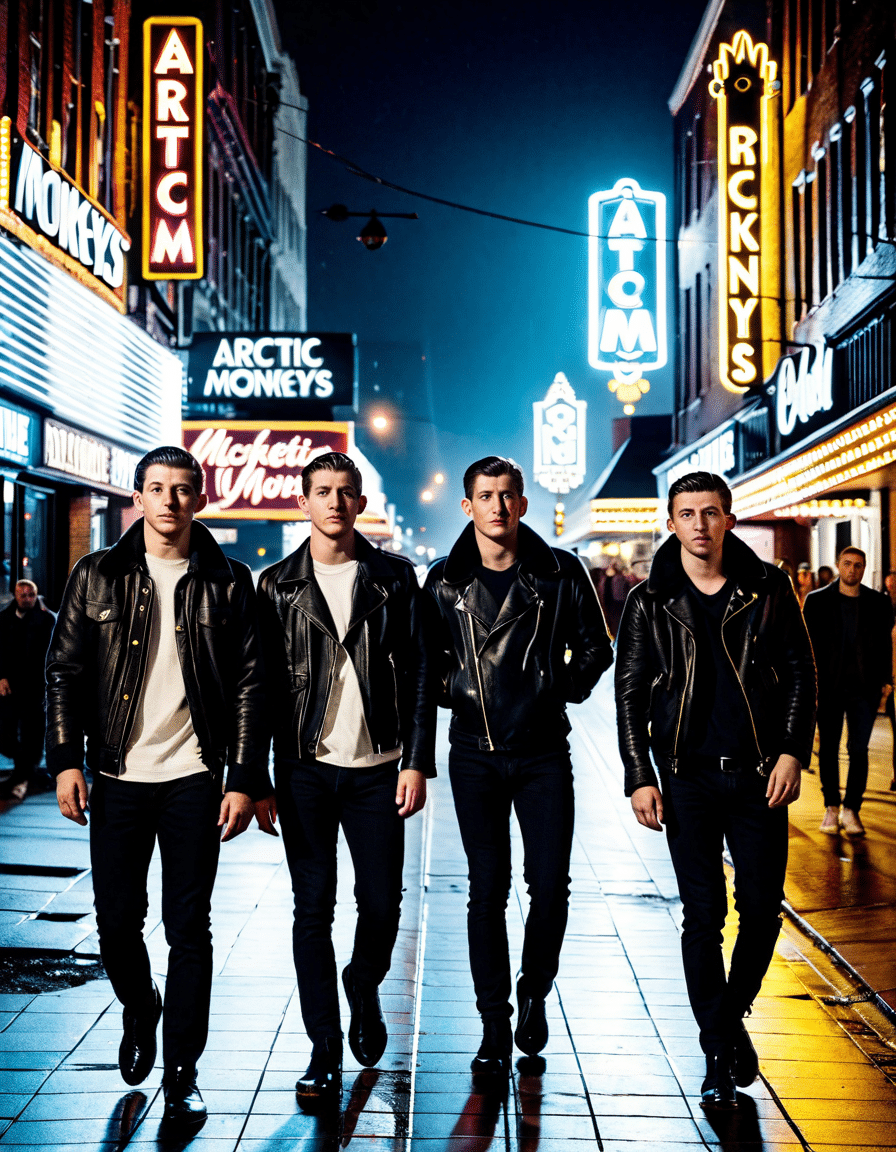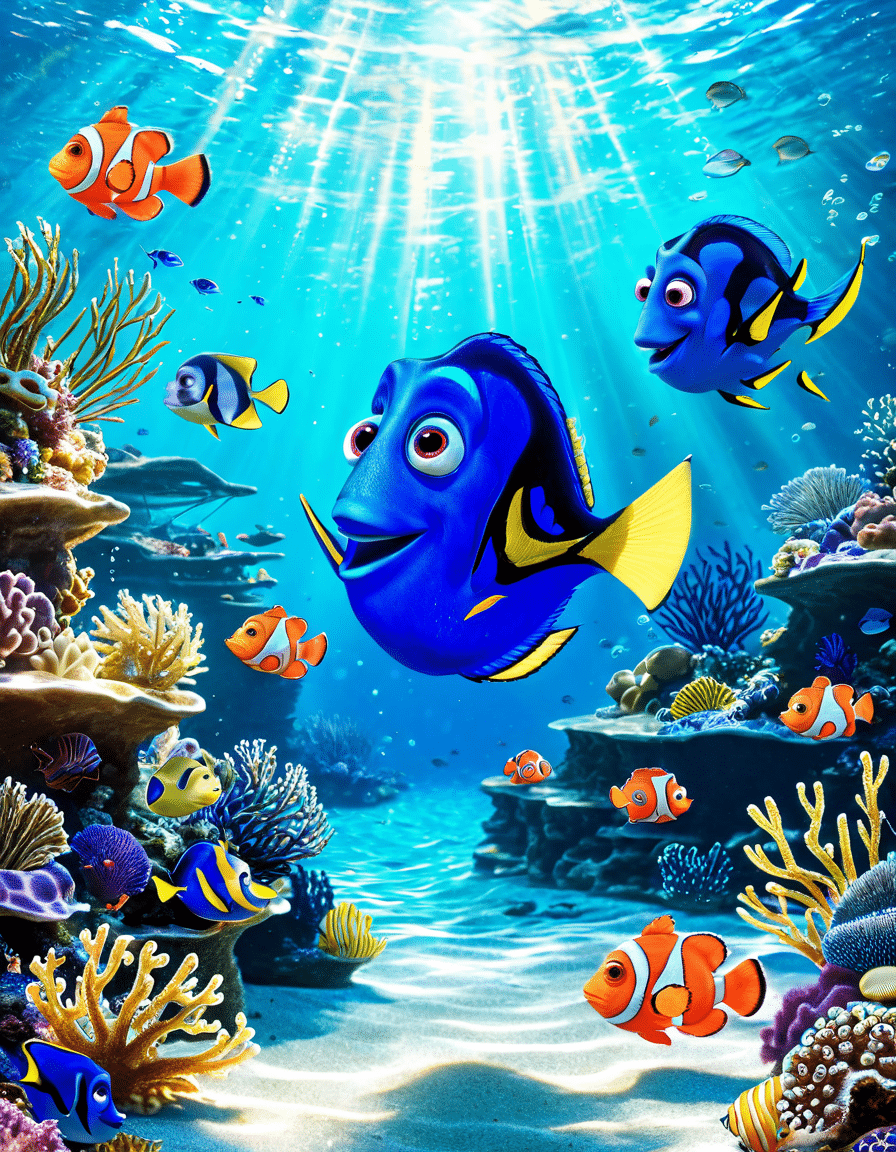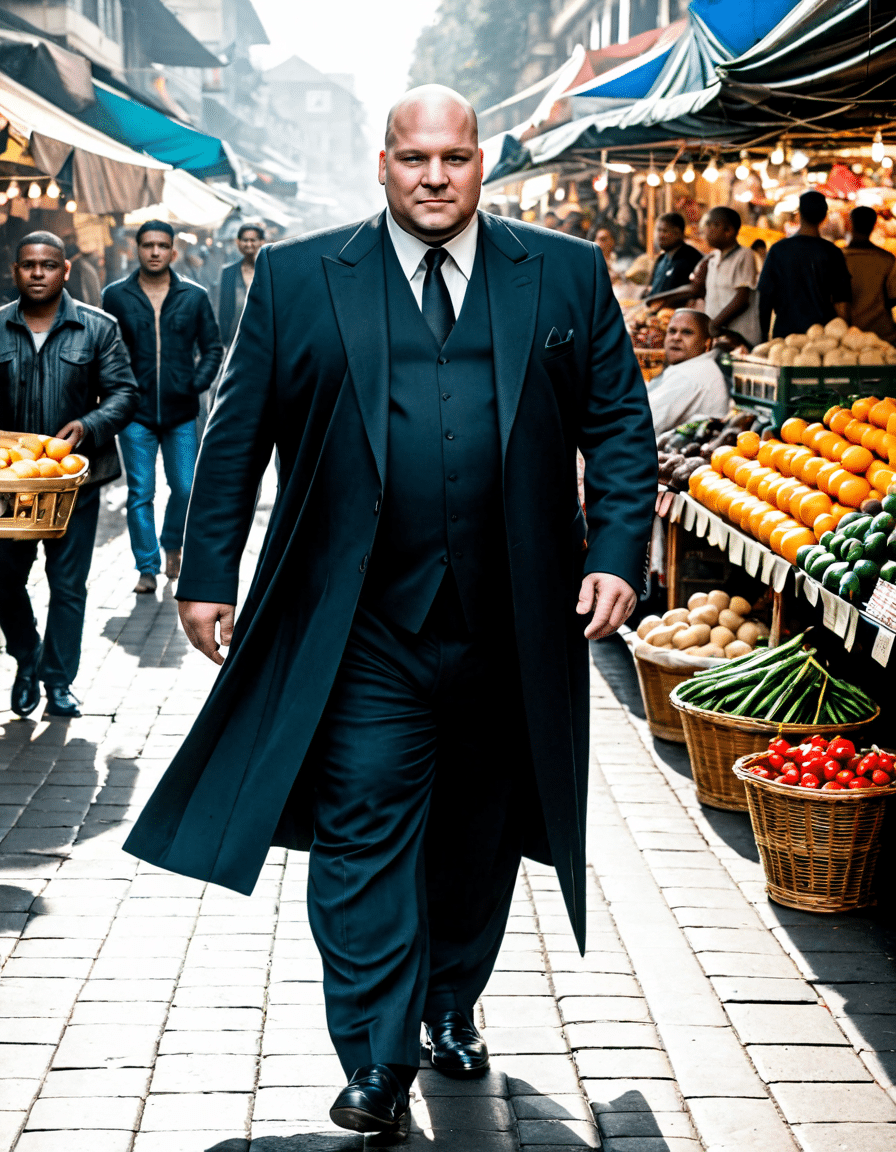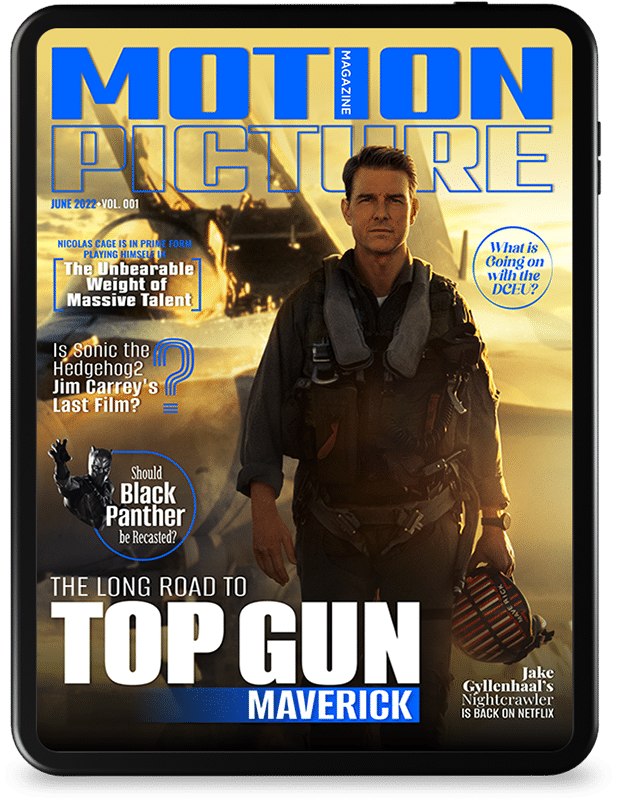A Clockwork Orange, directed by Stanley Kubrick and released in 1971, still grips audiences with its Unsettling and thought-provoking take on dystopia. This film, based on Anthony Burgess’s novel, offers a disturbing glimpse into a future where free will confronts societal control. We follow Alex DeLarge, a delinquent with an affinity for “ultraviolence, who becomes the subject of a controversial rehabilitation program aimed at erasing his criminal instincts. This controversial method raises serious questions about morality and autonomy, making viewers ponder how far a state might go to impose order on its citizens—or, as the film warns, to take away their freedom of choice.
In today’s world, where every tweet can escalate into a national discussion, A Clockwork Orange holds even greater relevance. The film’s themes resonate especially with current debates surrounding individual rights and societal expectations. With technology evolving at a lightning pace, Kubrick’s disquieting vision feels less of a distant mirage and more like a peek into a window we might not want to open. So, let’s delve into the layers of this cinematic masterpiece and see how its themes echo in our current reality.

The Disturbing Visions of A Clockwork Orange
A Clockwork Orange’s eerie aesthetic and haunting narrative create a suffocating atmosphere where morality is twisted. Its technicolor yet violent imagery serves as a visual metaphor for societal chaos, inviting viewers to reflect on their own values. The film artistically bridges the gap between entertainment and moral inquiry. It asks us what happens to humanity when behaviors become mere statistics, controlled by the parameters of society. We might chuckle nervously at the frenetic opening sequences, but deep down, it pulls at some very serious questions—questions that linger long after credits roll.
What makes A Clockwork Orange so mesmerizing is how it articulates a dystopian nightmare that’s strikingly relatable. We see Alex, played masterfully by Malcolm McDowell, who’s not merely a villain but a product of his environment. His actions force us to consider how much of our behavior is our own and how much is shaped by external factors. In a world that increasingly resembles Kubrick’s gut-wrenching creation, this exploration is not just compelling—it’s essential.
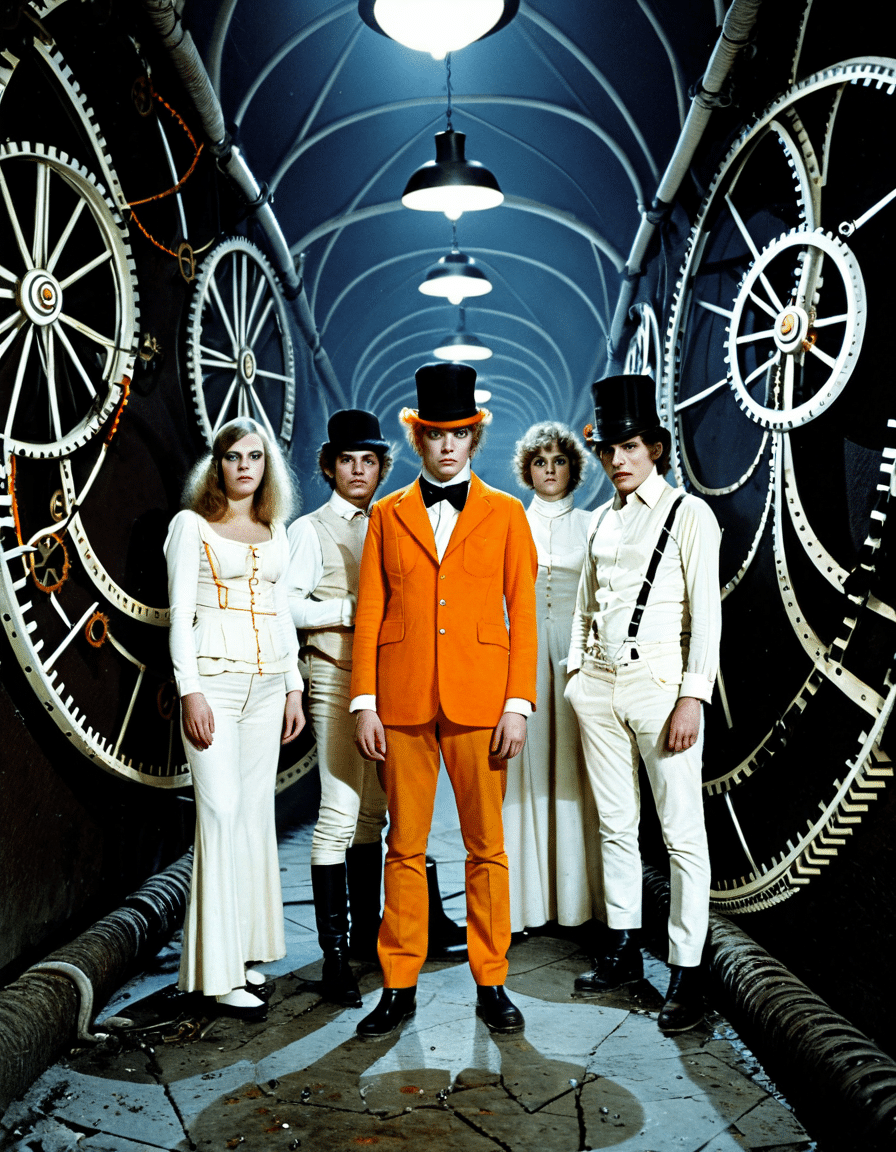
Top 7 Influential Themes and Their Echoes in Modern Culture
As we dive deeper into A Clockwork Orange’s rich tapestry, you’ll find threads intersecting with many contemporary stories. Here are seven major themes, offering a peek at how they mirror today’s narratives:
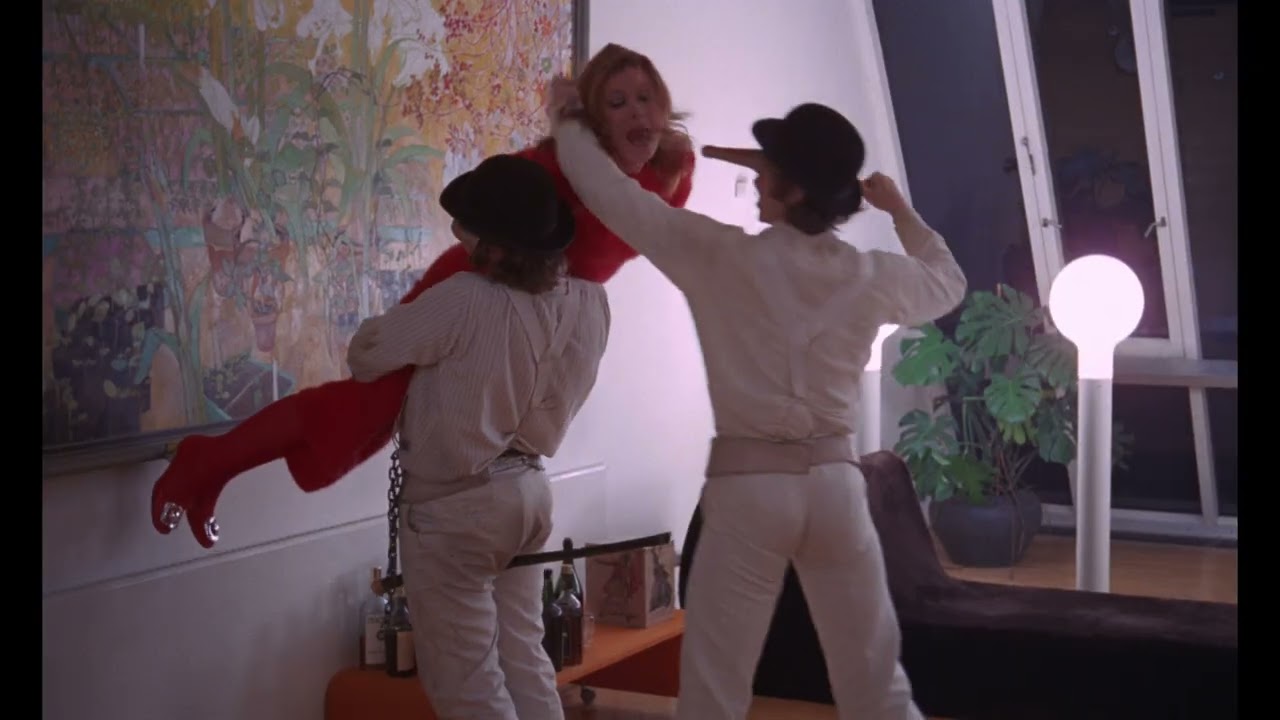
The Legacy of A Clockwork Orange in Contemporary Cinema and Literature
The influence of A Clockwork Orange continues to echo through cinema and literature like a haunting refrain. The film’s audacious visual style and innovative sound design have impacted countless filmmakers, including those like Bong Joon-ho in Parasite. His work brilliantly reflects class struggles, much like those depicted in Kubrick’s magnum opus, incorporating powerful thematic exploration into a gripping narrative.
As cultures shift and conversations evolve, A Clockwork Orange sparks critical dialogue about issues such as media consumption, technology, and social justice. The iconic imagery of Alex and his droogs reminds us of the perilous balance between chaos and order, making its lessons applicable even in 2026, a year characterized by heightened awareness of personal rights.
In this age of constant connectivity and media saturation, A Clockwork Orange acts as an irreplaceable lens through which to examine our societal norms. With its provocative ideas, the film continues to inspire creatives unafraid to confront uncomfortable truths. The enduring impact of Darocog’s bold vision isn’t just a relic of the past; it serves as a critical framework that helps us grasp the complexities of existence today.
In the end, A Clockwork Orange challenges us to reflect on our moral compasses and the societies we inhabit. It stands as a striking reminder that, amidst chaos, the lines between humanity and monstrosity often blur, and it’s up to us to navigate that delicate balance. So next time you pop some spicy dill pickle Goldfish for your movie night, spare a thought for the messages hidden in the films you enjoy—even the unnerving ones. After all, examining our choices might just be the most thrilling story of all.
In contemplating the interplay between free will and societal control, the haunting vision of A Clockwork Orange may well stay with us for generations—inviting us to reckon with our role in crafting society into a better place. Whether through bedtime stories shared or the chaotic narratives of the modern age, its legacy remains undeniably potent.
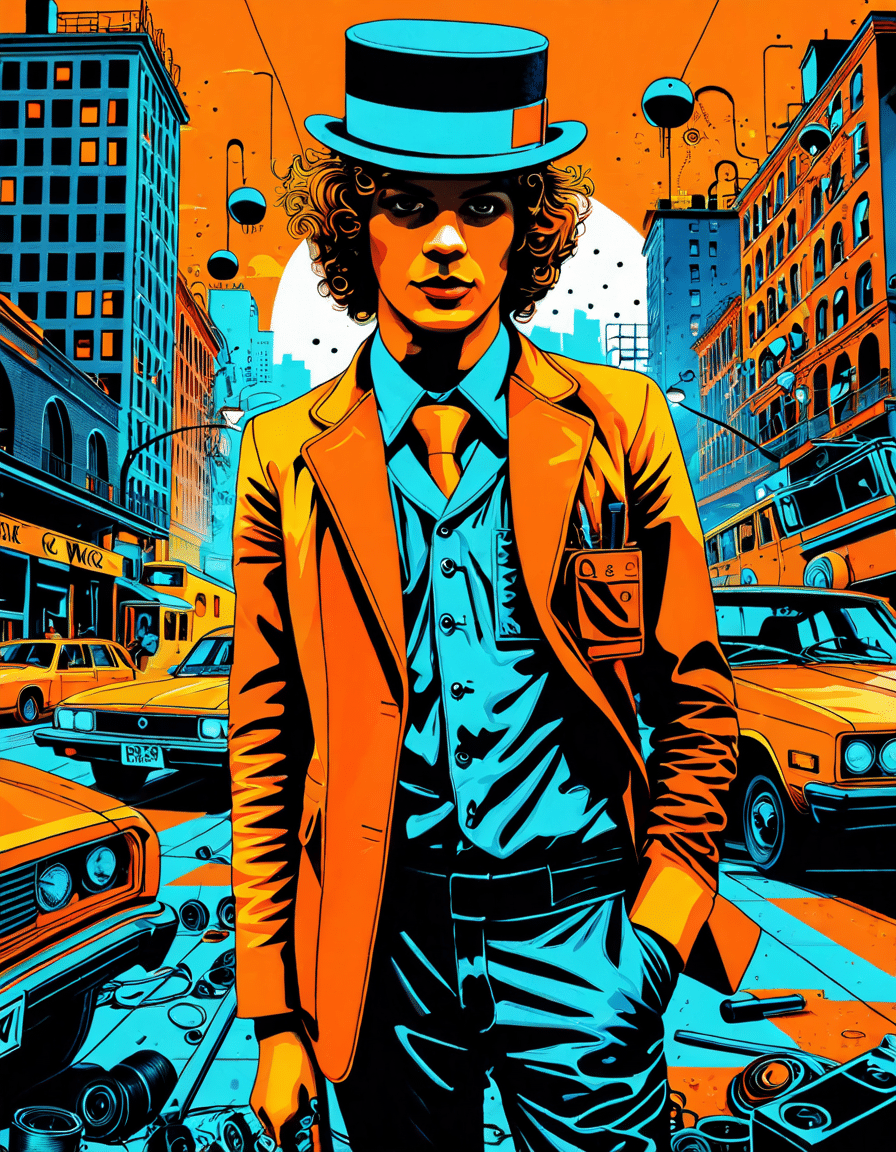
A Clockwork Orange’s Dark Dystopia and Its Impact
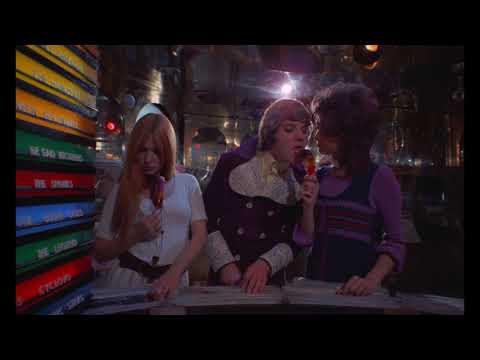
Surprising Origins and Influences
Did you know that A Clockwork Orange was originally a novel by Anthony Burgess, published in 1962? Stanley Kubrick’s adaptation in 1971 gave the story its chilling, visual flair that continues to resonate in pop culture. The film’s visual style, heavily influenced by architecture, showcases a significant use of Brutalist design, which lends the environment a stark, almost sterile, atmosphere reflecting its dark themes. This connection between urban decay and dystopian narratives also links up nicely with other cultural conversations—just look at how Rupaul’s creative evolution redefines identity in a society filled with rigid norms.
Cultural Footprints Beyond Film
The legacy of A Clockwork Orange extends beyond the screen and into our everyday discussions surrounding morality and free will. It’s fascinating to note that Brian Cox, a renowned actor with a vast array of roles—check out his filmography here—has( mentioned how literature can shape character motivations similar to those seen in Alex, the film’s protagonist. The film also sparked numerous debates about violence in media, echoing themes explored in studies and articles questioning Is it normal for society to accept such imagery.
Dystopia Meets Real Life
Ever wondered how this fictional universe aligns with real-world figures? For example, the renowned Formula 1 driver Ayrton Senna used to draw inspiration from diverse sources, hinting at the intersection of sport and culture, much like Alex’s journey intertwines raw brutality with the search for freedom. Additionally, characters like Jason Derek brown remind us that the line between lawfulness and chaos can often blur, reflecting the film’s core message. And speaking of reflections, Kelly Rowland has also commented on societal expectations that shape our identities, mirroring the themes posed by Kubrick’s adaptation.
There you have it! A Clockwork Orange isn’t just a film; it’s a potent commentary that echoes through art, celebrity, and real-life dilemmas, shaping conversations that challenge norms and provoke thought long after the credits roll.
